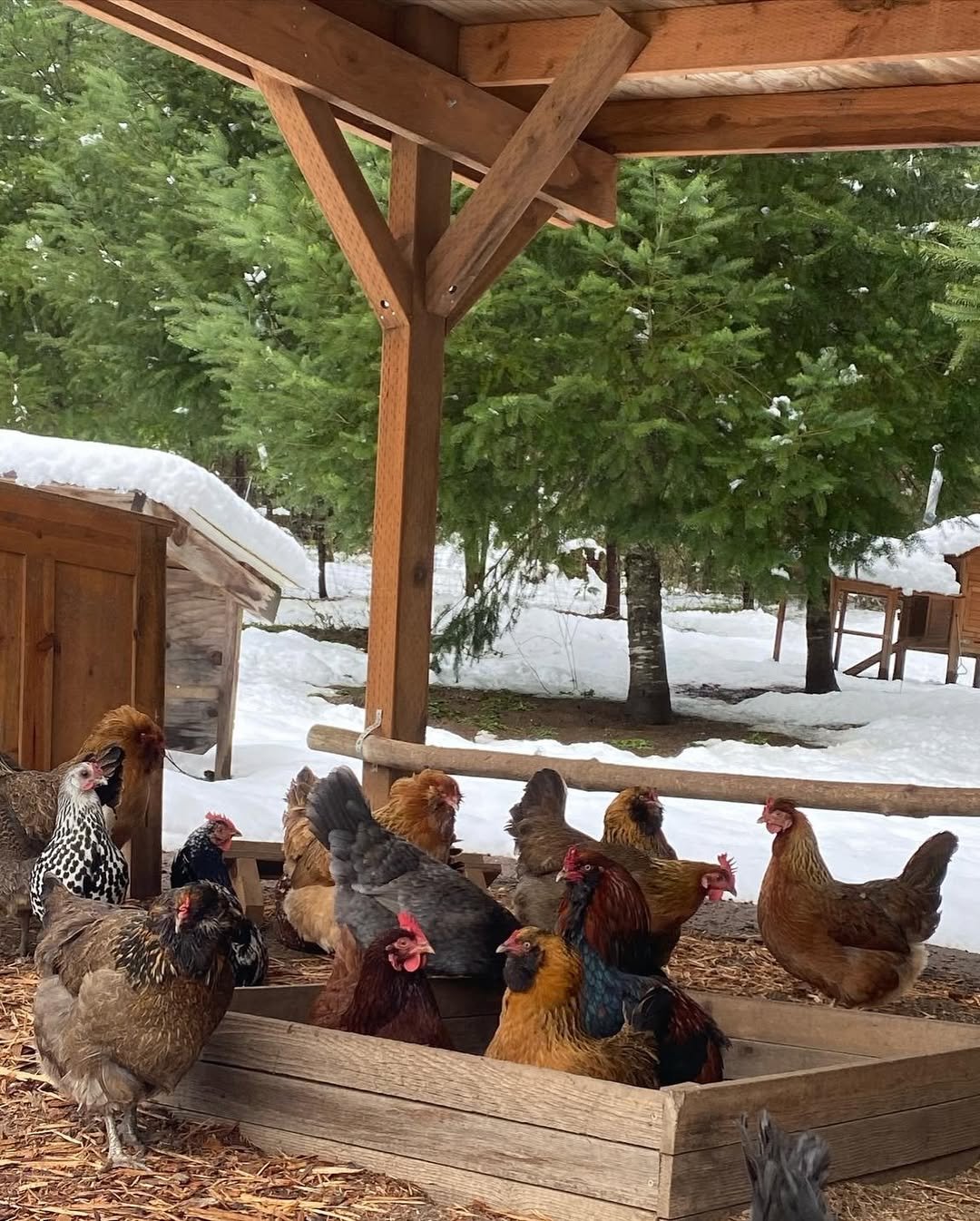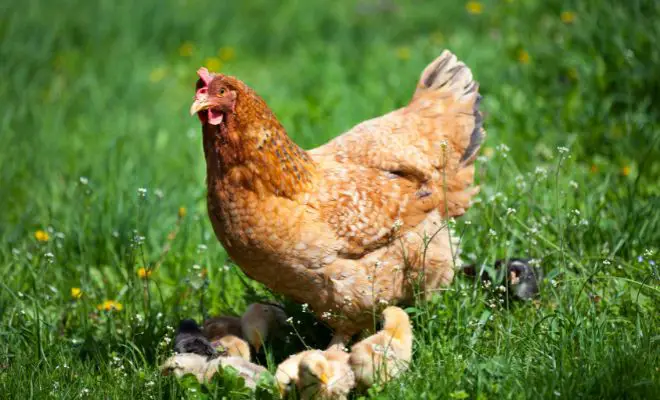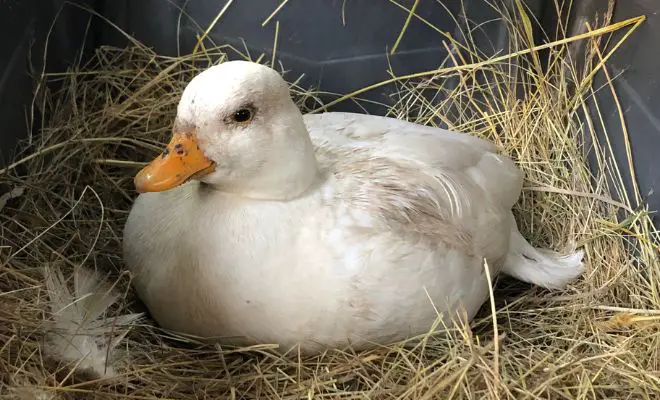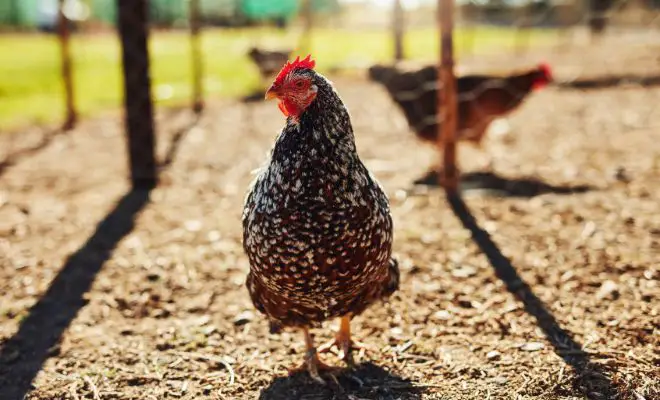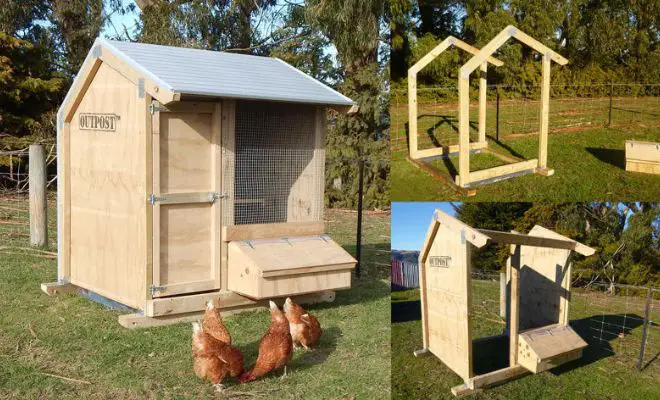Is Your Chicken Run a Mud Pit? (Here’s How to Fix It Fast!)
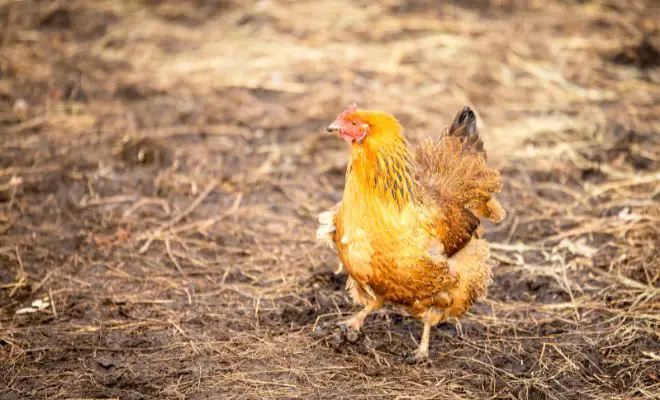
Is your once-happy chicken run now a muddy mess? Don’t worry, fellow chicken keeper! A muddy run is a common problem, but it’s a fixable one.
But how to fix a muddy chicken run? To fix the muddy chicken run, level the ground for better drainage. Put wood chips or pebbles in low spots. Keep chickens’ feet dry with straw. You can also cover the run with tarps when it rains. Or divert water with trenches or stones.
Do steps look difficult? No worries! I’ll guide you with the right and easiest steps to clan the muddy run! Let’s get started!
Table of Contents
7 Reasons Why Is My Chicken Run So Muddy!
You notice a muddy chicken run or muddy chicken coop. Now, what causes this condition? Let’s mention the reasons that you should blame –
- Rainfall: Excessive rain can saturate the ground.
- Poor Drainage: The ground might not be draining well, causing water to pool and turn the area muddy. This could be due to poor soil, a low-lying placement, or a build-up of bedding or waste.
- Lack of Bedding: Chickens love to scratch, which can turn bare dirt into mud. Without proper bedding like wood chips, straw, or pine shavings, the ground can’t absorb moisture.
- Chicken Activity: Chickens scratch and peck at the ground, which can prevent grass from growing and lead to mud.
- Location: Building a coop on low ground or near water sources can lead to flooding.
- Runoff: Water from higher ground can flow into the chicken run.
- Soil Type: Certain types of soil, like clay, don’t drain well.
How to Fix a Muddy Chicken Run?

A muddy chicken run can be a breeding ground for bacteria and a nuisance for your hens. So, you need to take action to clean it ASAP. Here’s how you can do it –
Step 1: Assess the Situation
Identify the cause of the mud: rain, poor drainage, chicken activity, or location.
Step 2: Regrade the Run
Create a gentle slope away from the coop to improve natural drainage.
Step 3: Improve Drainage

Dig trenches to direct water away from the run. Install drainage pipes with gravel for better water flow.
Step 4: Add Ground Cover
Use wood chips, gravel, or sand to build up the run and provide a well-draining surface. Better if you use 6 inches of wood chips.

You can also use a mix of pine shavings, leaves, pine needles, and grass clippings. It’s good if you sprinkle lime to prevent any odor.
Step 5: Create Barriers
Install borders to keep the ground cover in place.

Step 6: Implement Interim Fixes

Spread clean straw to clean off chickens’ feet and provide a dry surface. Build a boardwalk or porch with pallets or wide planks for chickens to walk on.
To know how to add straws, see the video –
Step 7: Use Tarps
Cover the run with tarps during rainy weather to keep it dry.
Step 8: Maintenance
Regularly clean and replace the ground cover as needed.
Step 9: Preventive Measures
Consider the coop’s placement on higher ground to avoid waterlogging. Provide a dry sandbox undercover for dust baths.
Treat the ground near the pop hole with disinfectant to prevent it from becoming poached and smelly.
Step 10: Regular Cleaning
If you ask, “What causes muddy and smelly chicken run?” The combination of water and droppings in a chicken coop can lead to the presence of an ammonia odor. So, clean it regularly.

Remove any large debris and manure regularly. Utilize a hose or pressure washer for thorough cleaning. Allow the run to dry completely before adding fresh bedding.
Then, how to cover a chicken run from rain? Tarpaulin is a cost-effective and easy solution. Choose a heavy-duty, waterproof tarp and secure it over a frame. It’s to create a slanted roof allowing water runoff.
Consider corrugated plastic sheets, metal roofing, or polycarbonate panels for a sturdier cover. These options require a frame construction for support.
And how to dry out a wet chicken run? Although I mentioned some ideas, Here are more –
- Turn the tide on a wet run!
- Remove mud, add absorbent bedding like wood chips, and turn over existing bedding for faster drying.
- Sunny days will help too!
So, Can I use wood chips for the chicken run? Yes, you can!
You can see the video to get more ideas to keep the muddy chicken run clean.
7 Preventative Tips to Help A Muddy Chicken Run
It’s not about you fix the muddy run and you’re done. You need to take proper care every time you see it dirty.
Here are some preventative tips to stop your chicken run from turning into a mud bath –
1. Choosing the Right Location
Select a well-drained area with good sunlight for your chicken run. Avoid low spots prone to water collection, and consider a slight slope to guide water away from the coop.
2. Roof Considerations
Ensure rainwater from the coop roof doesn’t flood the run. Install gutters or adjust the roofline to divert runoff away from the enclosure.
3. Floor Consideration

What to put on the floor of the chicken run? You have plenty of options for chicken-run floor material. For example –
- Sand
- Rubber mats
- Concrete
- Straw
- Wire
- Wood or Wood shavings
- Colder flooring
- Linoleum
- Painted chicken coop floors
- Grass
- Gravel
- Plastic
- Hemp
- Paper
4. Effective Drainage
Create a gentle slope in the run to prevent puddles and mud accumulation. Also, manage roof runoff to keep the area dry.
5. Building a Solid Base
Use gravel or crushed concrete for a durable run base. It prevents mud formation even in harsh weather conditions.
6. Keeping it Tidy
Regularly remove manure to prevent odor and moisture buildup. Consider using a deep litter method with wood chips or shredded bark for efficient drainage.
7. Additional Tips
Rotate chickens between two runs if space allows, allowing one to dry while the other is in use.
Plant trees or shrubs around the run perimeter to absorb excess moisture and provide shade.
Is Mud in Run or Coop Bad for Chickens?

Yes, mud can be bad for chickens. While a little mud here and there isn’t a huge issue, a constantly muddy run can lead to the following problems.
- Health problems: Mud can harbor bacteria and parasites that can make your chickens sick.
- Bumblefoot: This painful condition affects chickens’ feet and is more likely to develop in muddy conditions.
- Unpleasant living conditions: The mud is slippery and can be difficult for chickens to walk through. It can also be cold and damp, making them uncomfortable.
Related Reads:
FAQs
Prefer to know more about cleaning muddy chicken runs? Here are queries that may help!
Q: What is the best thing to put on the ground in a chicken run?
Deep wood chips are a great choice! They absorb moisture, control odors, and provide a comfortable walking surface.
Q: Is sand really OK for a chicken run?
Not ideal alone. Sand can become dusty and doesn’t offer good drainage. Use it sparingly in a dust bath area with a mixture of sand and ash.
Q: Is bark good for chicken runs?
Yes, shredded bark can be a good option! Similar to wood chips, it absorbs moisture and provides good drainage. However, larger bark pieces might be uncomfortable for chickens to walk on. Opt for shredded or smaller bark pieces.
Q: Why does my chicken run smell after it rains?
Manure build-up and poor drainage are likely culprits. Regularly remove manure and use deep litter with wood chips to control moisture and odors.
Q: How do you waterproof a Chicken Run?
Focus on drainage! Create a slight slope and consider a base of gravel or crushed concrete for a permanent solution. You can also add a roof extension or gutters to direct rainwater away from the run.
Q: What does ginger do in a chicken run?
There’s no proven benefit of using ginger in a chicken run.
Final Word
Now the hassle is over for the people who expected how to fix a muddy chicken run. With some simple steps, you can fix it fast. Assess the situation, regrade the run, and improve drainage. Add ground cover like wood chips, keep chickens’ feet dry with straw, and cover the run with tarps during rainy weather.
Also, remember to maintain and clean regularly to prevent future mud. Your chickens will thank you for a clean and dry run! It’ll also keep them healthy for a lifetime.


